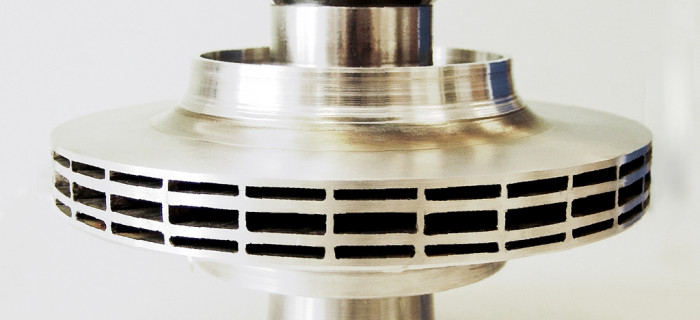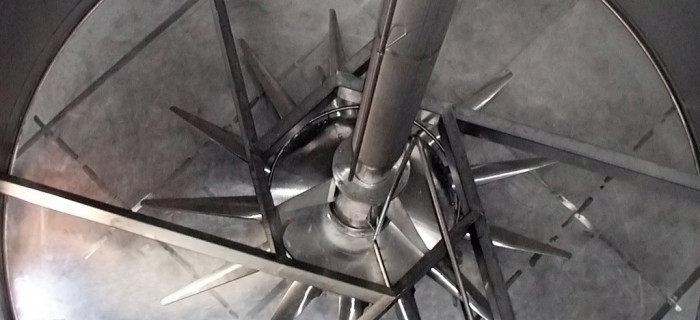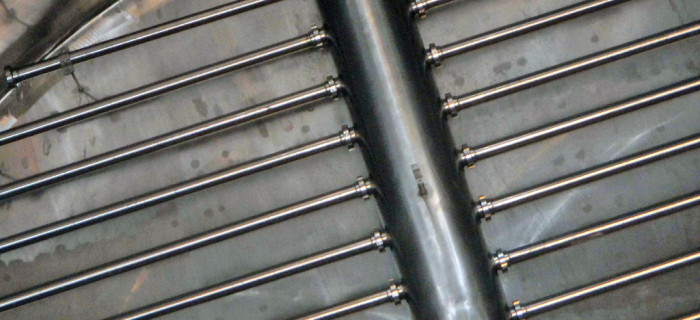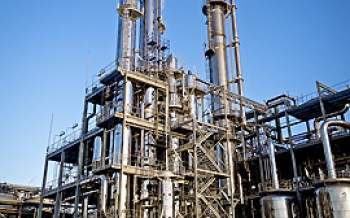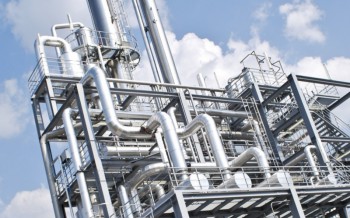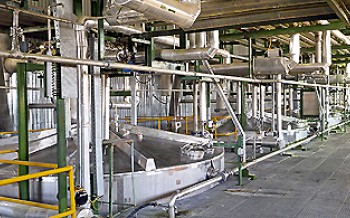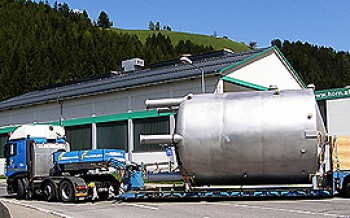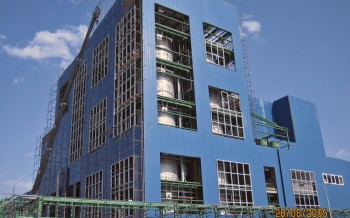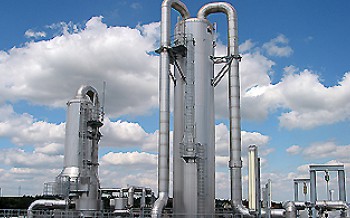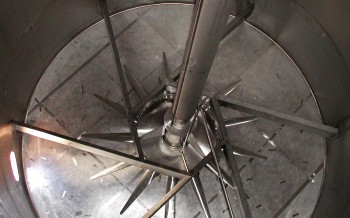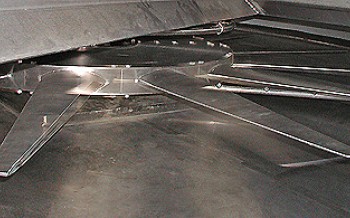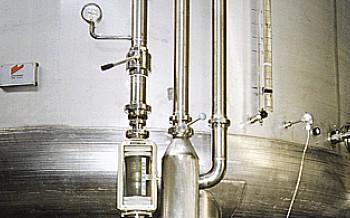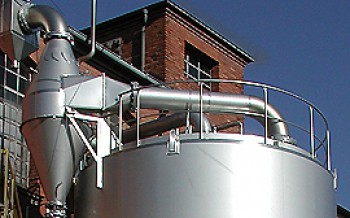Proprietary aeration systems
Vogelbusch has a wide portfolio of proven proprietary systems for a range of aeration requirements. We use static aerators and dynamic systems with agitators which have been developed for our own applications.
The appropriate system is selected on the basis of:
Aeration rates
Vogelbusch aerators deliver oxygen transfer rates (OTR) of 1 to 20 kg / m³h and more, depending on the selected system and process parameters.
Energy consumption
Our most efficient systems use only 0.25 kWh / kg of transferred oxygen; this energy-saving technology reduces running costs.

